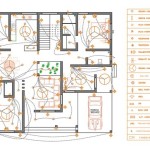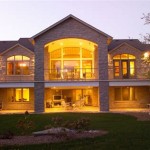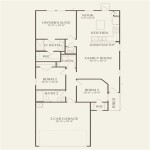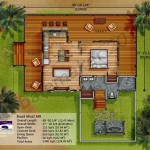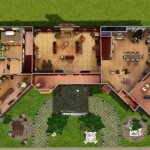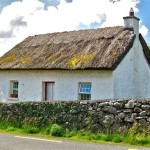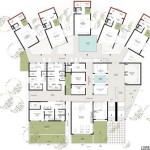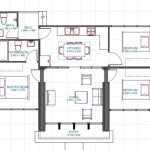Build Tree House Plans: A Comprehensive Guide
Building a tree house is a rewarding project that can provide years of enjoyment for children and adults alike. However, careful planning is crucial for a safe and successful outcome. This guide covers essential aspects of planning a tree house, from selecting the right tree to designing the structure and ensuring compliance with regulations.
Choosing the Right Tree
The foundation of any tree house is the tree itself. Several factors determine a tree's suitability for supporting a structure. A thorough assessment is necessary to avoid potential hazards and ensure the tree's long-term health.
Key considerations for tree selection include:
- Species: Hardwoods like oak, maple, and fir are preferred for their strength and stability.
- Maturity: The tree should be mature and healthy, with a well-established root system.
- Health: Avoid trees with signs of disease, decay, or significant leaning.
- Branch Structure: Strong, horizontal branches are ideal for supporting the tree house platform.
- Location: Consider proximity to other trees, power lines, and neighboring properties.
Designing the Tree House
Once a suitable tree is selected, the next step is designing the tree house itself. The design should be tailored to the tree's specific characteristics and the intended use of the structure.
Key Design Considerations:
Several key aspects should be considered during the design phase:
- Size and Weight: The tree house should be appropriately sized for the tree's capacity and avoid excessive stress.
- Attachment Method: Non-invasive attachment methods, such as bolts and brackets, are preferred to minimize damage to the tree.
- Materials: Durable, weather-resistant materials like pressure-treated lumber and galvanized steel are recommended.
- Accessibility: Safe and easy access to the tree house is crucial, often involving ladders, stairs, or ramps.
- Safety Features: Railings, guardrails, and sturdy flooring are essential safety components.
- Aesthetics: The design should complement the natural surroundings and enhance the overall visual appeal.
- Local Regulations: Research and adhere to local building codes and regulations regarding tree houses.
Building the Tree House
The construction phase requires careful execution to ensure the structural integrity and safety of the tree house.
Construction Best Practices:
Following best practices is crucial for a successful build:
- Professional Consultation: Consulting with an arborist or structural engineer can provide valuable expertise.
- Permits: Obtain necessary building permits and inspections before commencing construction.
- Proper Tools and Equipment: Use appropriate safety gear and tools designed for tree house construction.
- Phased Approach: Break down the construction into manageable phases for better control and efficiency.
- Regular Inspections: Conduct regular inspections during and after construction to identify and address potential issues.
Tree House Maintenance
Ongoing maintenance is essential for preserving the tree house's structural integrity and ensuring its longevity.
Maintenance Checklist:
Regular maintenance tasks include:
- Tree Health Monitoring: Regularly assess the tree's health and address any signs of disease or decay.
- Structural Integrity Checks: Inspect the tree house structure for loose bolts, damaged wood, or other signs of wear and tear.
- Cleaning and Refinishing: Clean and refinish the wood surfaces to protect them from weathering and insect damage.
- Hardware Maintenance: Check and tighten bolts, brackets, and other hardware regularly.
- Safety Feature Inspections: Ensure that railings, guardrails, and other safety features remain in good condition.
Legal and Safety Considerations
Building a tree house involves important legal and safety considerations that must be addressed.
Addressing Legal and Safety Aspects:
Key considerations include:
- Building Codes and Permits: Research and comply with local building codes and obtain necessary permits.
- Insurance Coverage: Ensure adequate insurance coverage for liability and potential damage.
- Neighboring Properties: Consider the impact on neighboring properties and obtain necessary approvals.
- Safety Inspections: Arrange for professional safety inspections before and after construction.
- Child Safety: Implement appropriate safety measures to prevent accidents and injuries, especially for children.
Planning and building a tree house is a significant undertaking. Careful consideration of tree selection, design, construction, maintenance, and legal aspects is essential for creating a safe, durable, and enjoyable structure that will last for years to come.

Constration Help Tree House Plans Diy Designs

Treehouse Guides Plans To Build A Tree House

Forest Wild Treehouses Treehouse Design Build Maintenance Services

Tree House Building Tips And Plans Easy

Treehouse Plan 8x15 Two Tree Treehousebrackets Com

Easy To Build Treehouse B4ubuild

20 Simple Tree House Plans And Design To Take Up This Spring

Pin On Tree House

Pete Nelson S Treehouse Designs For Diy Ers

How To Build A Kids Treehouse Platform With Slide And Swing Set Buildeazy

